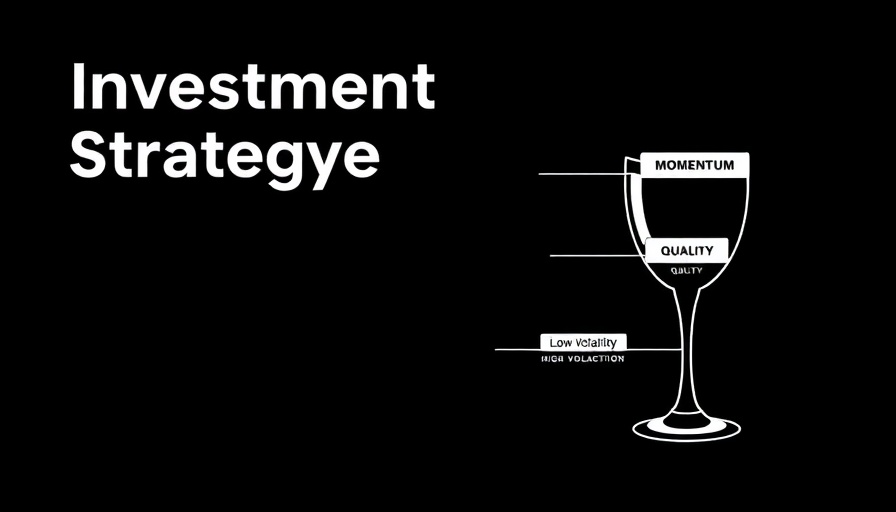
Decoding Investment Strategies: Can They Beat the Market?
For investors, the quest for outpacing the market is an age-old challenge. Recent discussions around investment strategies, such as quality, momentum, low volatility, and dividend growth, have sparked renewed interest in their efficacy. While small value strategies have shown some promise with a 2% annualized premium in the long run, eyes are now on alternatives that can provide a more robust edge in returns.
Strategies Under the Microscope
Let’s briefly analyze how these contenders stack up against the benchmark of the S&P 500. The annualized returns for various strategies from 1985 to 2024 reveal compelling insights:
- Momentum: 13.7% - Proven to be a strong performer, capturing recent market trends effectively.
- Quality: 12.9% - Focused on companies with high returns and stable growth.
- Dividend Growth: 12.4% - Recognized for reliability rather than dramatic outperformance.
- Low Volatility: 11.1% - Targeting stability in turbulent times, though with modest returns.
These strategies underscore how diversifying across different approaches can enhance return potential, particularly for institutions tasked with maximizing investment performance.
The Importance of Risk-Adjusted Returns
Evaluating these strategies extends beyond mere returns; understanding the risk adjusted returns, represented by the Sharpe ratio, offers a clearer picture of their effectiveness. Notably, momentum and quality strategies exhibit higher Sharpe ratios (0.71 and 0.72 respectively), which highlight their strong risk-adjusted performance.
Looking Ahead in Investment Strategy
As financial institutions navigate the complex landscape of investing, embracing a blend of strategies might yield a favorable position against market conditions. Though momentum currently shows the most promise, integrating quality and dividend growth can provide additional layers of resilience and stability.
Ultimately, comprehending which strategies can outperform the market is crucial for institutional investors looking to solidify their portfolios against market volatility. Careful analysis and thoughtful strategy implementation could present an opportunity to bolster investment performance.
With all this in mind, institutions must continually refine their investment approaches. Take the plunge into strategy evaluation and diversify your investment portfolio today.
 Add Row
Add Row  Add
Add 




Write A Comment